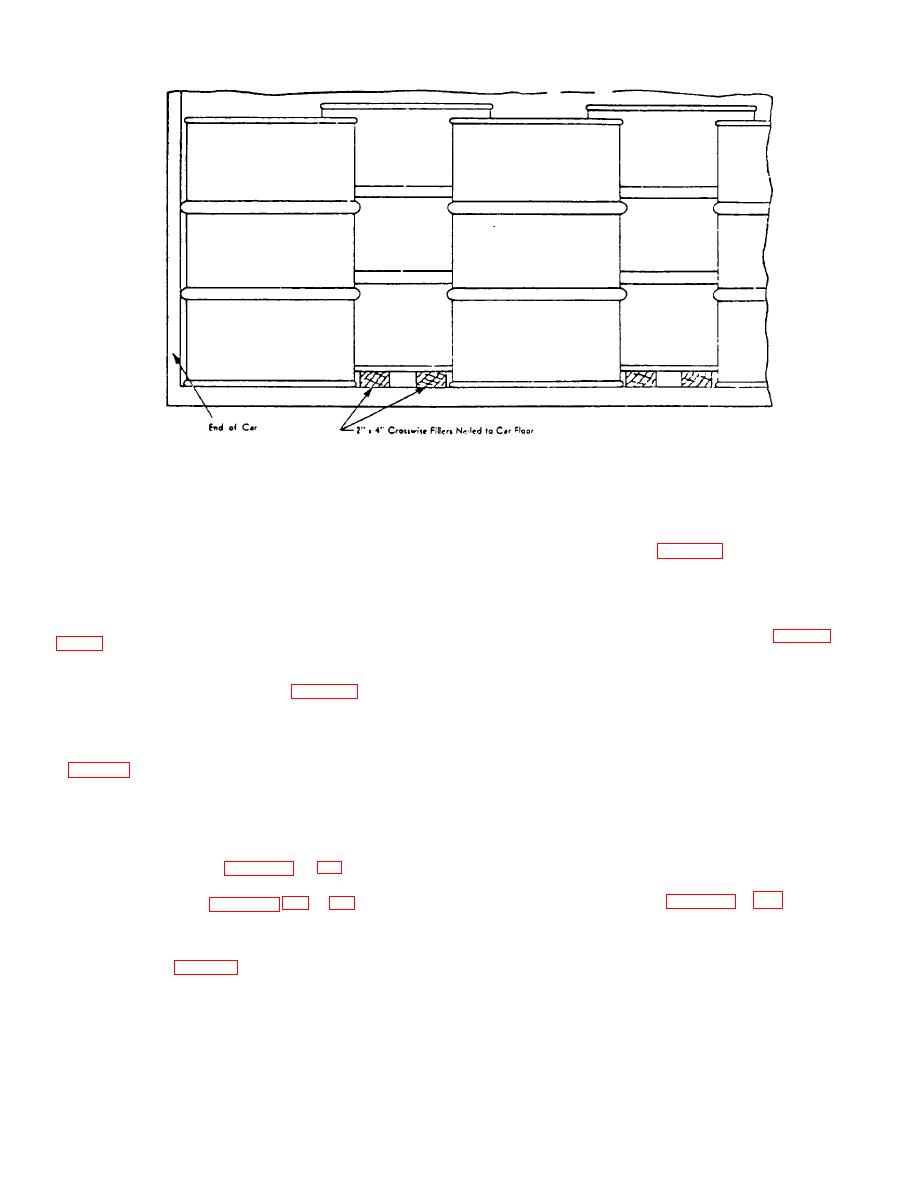
Figure 57. Rigid Braced method of loading metal drums with rolling hoops.
the containers are bonded together into units by reversing
all other odd layers are the same as layer 1, while the even
each layer. It is most important that as the containers are
numbered layers are the same as the second layer.
stowed in the car, they be firmly pressed back into place and
when the doorway is' reached that all open space lengthwise
(b) In pattern B, start the block in the floor
of the car be taken up by appropriate means.
area as shown in pattern A, figure 66. The second layer is the
reverse of the floor layer.
(3) Loading should be planned in advance by
The third layer and all other odd layers are the same as the
running a "Guide Row" the full length of the car along one side
floor layer and all other even layers are the same as the
wall to set up the pattern for the whole load and to determine
second layer.
the amount of lengthwise space required to make a tight load
(c) To start pattern C (fig 67) the
containers are arranged similar to pattern A with the exception
must be filled using fiberboard material or wood bulkheads.
that a pinwheel or chimney is used to take up excess
The face of the wood bulkheads next to containers should be
crosswise space. The pinwheel or chimney is reversed from
covered with fiberboard, as shown in figure 62. The bonded
side to side in alternate layers of the block. The third and all
blocks will not always fill all the lengthwise space in the car.
other odd layers are the same as the floor layer, and the
In such cases some of the containers near the doorway area
fourth and all other even layers are the same as the second
of the Guide Row should be rearranged, placing a stack or
layer.
two crosswise or lengthwise to fill most of the space as shown
in figure 61. Any remaining space should be filled with sheets
(6)
Palletized loads.
of fiberboard or knocked down fiberboard containers.
(4) The load should be divided into sections by
placing sheets of fiberboard between every second or third
(a) Palletizing of packaged goods affords
block. Full sheets of fiberboard, preferably 80 point solid
an efficient means of loading and unloading. In order to
fiberboard, should always be used between blocks of different
obtain such efficiencies, however, it is necessary to utilize
size containers, as shown in figures 63 and 64.
completely both the lengthwise and crosswise space in the
car. This affords the opportunity for maximum load with
(5) There are three basic patterns for bonded
minimum bracing as shown in figures 68 and 69.
block loading, as shown in figures 65, 66, and 67.
(b) To obtain the best load and stack
(a) Start the block by placing the contain-
stability for the units and efficiency in handling operations, the
ers in the floor area crosswise and lengthwise of the car as
guidelines that follow can be of assistance:
shown in pattern A, figure 65. In the second layer of the block
the position of the containers is reversed. The third layer and
34

